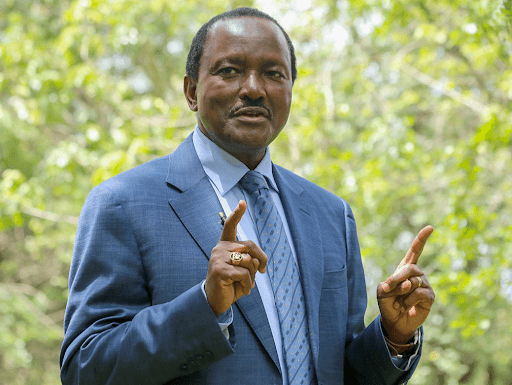The newly installed Kemsa board has concurred with the findings of the Global Fund that there were weaknesses in the procurement of the Sh3.7 billion tender for mosquito nets.
The board said it agrees with the findings of the PriceWaterHouse, the local representative of the Global Fund.
PwC had found inconsistencies in the evaluation of the tender by a team led by suspended chief executive Terry Ramadhani.
“We [concur] with the Global Fund findings in respect of inconsistencies in the evaluation of the tender,” acting procurement director John Kabuchi said.
However, the board said it has identified the weakness and was working to strengthen its structures and processes.
“We have picked this as a weakness and we will go back and improve our procurement processes,” Kabuchi said.
The procurement director appeared before the Senate Health committee alongside Kemsa board chairman Irungu Nyakera and chief executive Andrew Mulwa and Global Fund partner Francis Muriu.
The Uasin Gishu Senator Jackson Mandago-led committee is inquiring into the cancellation of the tender for procurement of the mosquito nets.
The Global Fund nullified the tender for procurement of 10.2 million nets citing procurement irregularities.
“The findings of our review on the tender procurement agreed with Kemsa findings that 11 of the 17 firms did not meet the preliminary evaluation criteria,” Muriu said.
“However, for five bidders that were progressed to the technical evaluation stage by the Evaluation Committee, the Global Fund review yielded different results.”
He said a review of the five bids that the Tender Evaluation Committee assessed as responsive did not yield the same results as that of Kemsa.
Muriu said only bidder number 3 (for polyester) and number 7 (for polyethylene and polyester nets) should have been considered for the next stage of the technical evaluation.
“The tender evaluation committee assessed Bidder 3 (Tianjin Yorkool) as non-responsive among other things, for not including manufacturers authorisation," he said.
Muriu said that the Kemsa technical evaluation committee assessed bidder 8 as responsive, while the Global Fund review reached a conclusion of non-responsiveness.
He said the technical evaluation committee had disqualified bidder 3 earlier on the ground that the name on the sample was not 100 per cent the same as the manufacturer’s trading name.
“Bidder 3 was far minor than in the case of bidder 8 and other documentation established a direct link. Hence the inconsistency noted,” Muriu said.
Kemsa acting chief executive Mulwa agreed with the findings of the Global Fund review team on the inconsistencies in the evaluation processes.
“Kemsa has continued to engage the Fund Country team to address weaknesses identified by the PWC’s review. We will adhere to procurement procedures and Global Fund guidelines,” Mulwa said.
The Global Fund said Kemsa remains a strategic partner in the procurement of health and health related items under the grants.
“The Global Fund as agreed with the National Treasury relies on Kemsa procurement services under the current grant implementation period (July 2021 to June 2024,” he said.
“Specifically, Kemsa is responsible for procuring, warehousing and distributing VIV, TB and Malaria commodities funded by the Global Fund.”
He said Kemsa’s very competitive prices for ARV’s yielded more than $10 million in savings in the final year of grant implementation alone, which enabled for procurement of more ARVs in year 2.










